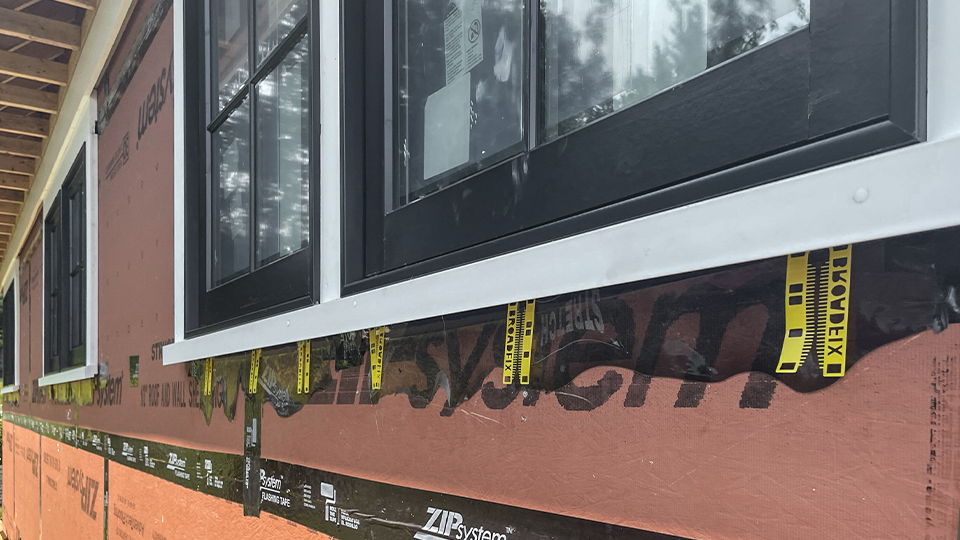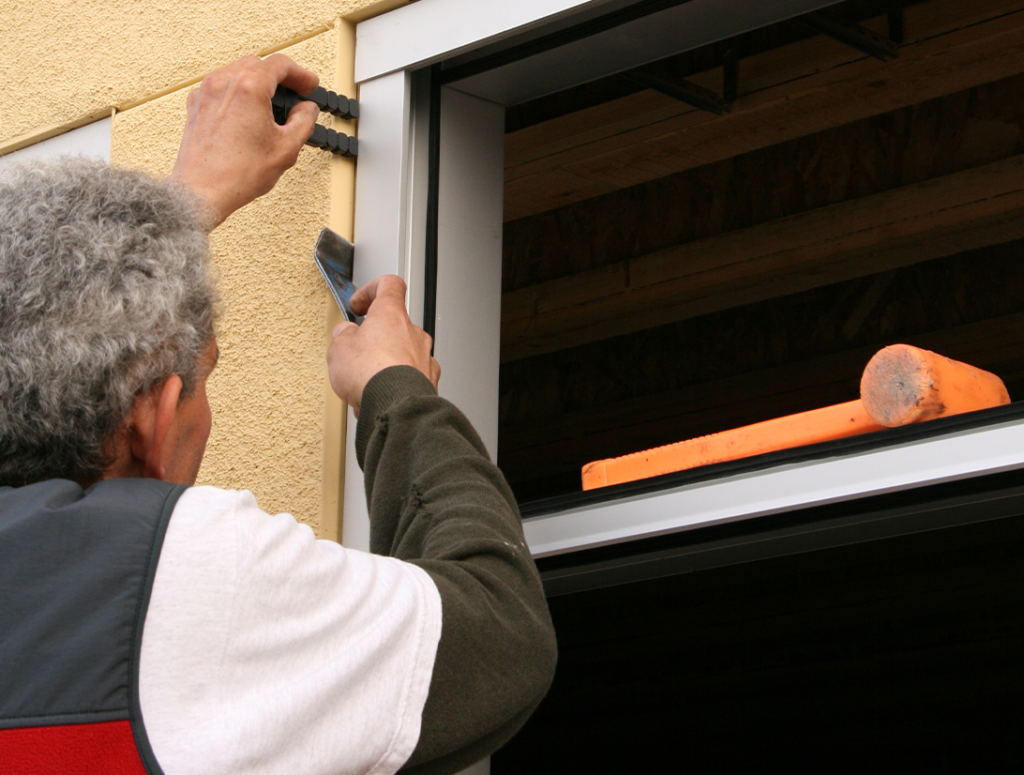Ensuring they are level, secure, and properly aligned is essential for both their functionality and longevity. Window shims are small, often overlooked components that play a vital role in achieving this. They help correct minor imperfections in the window frame, provide necessary support, and prevent issues such as drafts, water leaks, and poor insulation. In this article, we will explore the importance of window shims, how to use them, and which materials are best suited for your project.
The Importance of Window Shims in Installation
Window shims are thin, wedge-shaped pieces used to fill gaps between the window frame and the surrounding structure. These gaps can occur due to imperfections in the window opening or uneven surfaces. Without shims, windows can be misaligned, which can lead to problems like poor operation, reduced energy efficiency, and even structural damage over time.
By using shims during installation, you ensure that the window is properly leveled, plumb (vertically aligned), and square. This not only helps the window operate smoothly but also ensures it remains secure in its frame, reducing the chances of drafts and water infiltration.

How Window Shims Help with Alignment and Support
During the window installation process, window shims are inserted at key points along the sides, top, and bottom of the frame to keep the window level and stable. Shims provide the necessary support for the window while preventing the frame from shifting or sagging over time. This ensures that the window fits perfectly within the rough opening and can be securely fastened.
Shims are particularly important when working with older buildings where window openings may not be perfectly square. They help adjust for any irregularities in the structure, ensuring that the window sits flush and functions properly.

Choosing the Right Materials for Window Shims
When selecting window shims, it’s important to choose a material that is durable and appropriate for the environment in which the window is being installed. The most common materials used for window shims include wood, plastic, and composite materials like vinyl. Below is a comparison of these materials to help you make an informed decision:
| Material | Durability | Moisture Resistance | Flexibility | Best Use |
|---|---|---|---|---|
| Wooden Shims | Moderate | Low (susceptible to rot) | High (easy to trim and adjust) | Standard residential installations |
| Plastic Shims | High | Excellent | Moderate | High-humidity areas or outdoor use |
| Vinyl Shims | High | Excellent | High (flexible and durable) | Long-lasting, moisture-prone areas |
| Composite Shims | Very High | Excellent | Moderate | Heavy-duty, long-term installations |
- Wooden shims are easy to trim and adjust, making them ideal for minor adjustments during installation. However, they are susceptible to moisture damage and are best suited for indoor use.
- Plastic shims are highly durable and resistant to moisture, making them a better option for exterior installations or areas with high humidity.
- Vinyl shims offer a balance of flexibility and durability, making them perfect for long-lasting installations where moisture resistance is crucial.
- Composite shims are extremely durable and often used in heavy-duty applications where additional strength and stability are needed.
Shimming Techniques for Proper Window Installation
Using the right window shims is just one part of the equation; knowing how to install them properly is equally important. Here are a few tips to ensure you get the best results:
- Shim Placement: Shims should be placed at the bottom corners and the sides of the window frame. Make sure to add shims at the hinge points to provide additional support.
- Level and Plumb: As you insert shims, use a level to check that the window is perfectly aligned horizontally and vertically. Adjust the shims as needed to ensure the window is square in the frame.
- Trim Excess: Once the window is securely in place and all adjustments have been made, trim any excess shim material that extends beyond the window frame. This ensures a clean, finished look and prevents interference with trim installation.

The Role of Shims in Preventing Window Issues
Properly using window shims during installation helps prevent several common problems, such as:
- Drafts and Air Leaks: Shims ensure a tight fit between the window frame and the surrounding structure, minimizing gaps that could allow air infiltration.
- Water Leaks: By keeping the window frame aligned and secure, shims help prevent water from seeping in around the edges, which can lead to rot and damage over time.
- Improper Operation: A misaligned window can be difficult to open and close. Shims help maintain the proper alignment, ensuring smooth operation for the life of the window.
Conclusion
Window shims are an essential part of the window installation process, providing the support and alignment needed for a properly functioning window. Whether you’re using wooden, plastic, vinyl, or composite shims, choosing the right material and following best practices during installation will ensure that your windows are secure, well-insulated, and long-lasting. With the right shimming techniques, you can avoid common issues such as drafts, water leaks, and misaligned frames, ensuring that your windows perform optimally for years to come.

